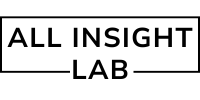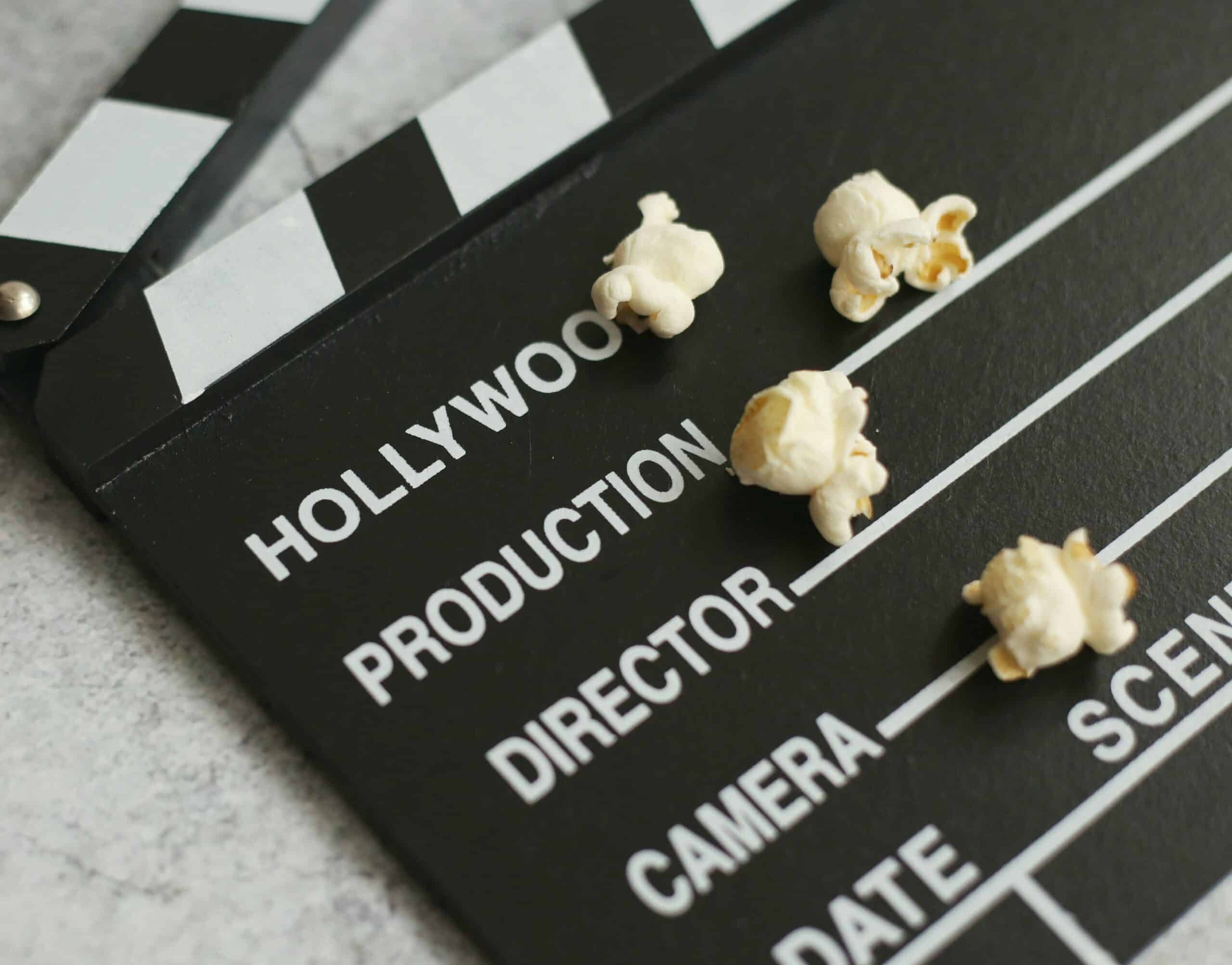Introduction
AI-Generated Films in Python: Can Code Win an Oscar?. The intersection of art and technology has never been more captivating. As artificial intelligence continues to evolve, a new frontier has emerged in the world of filmmaking: AI-generated films. Python, a language long admired for its simplicity and flexibility, has taken center stage in this revolution. From writing scripts to editing scenes and generating visual effects, Python is empowering creators to make movies that might one day compete for an Oscar.
This blog explores how Python is being used to generate films, what tools are driving this transformation, and whether we are approaching a future where a film made mostly—or entirely—by code could win Hollywood’s most prestigious award.
Table of Contents
The Rise of AI in Filmmaking
Filmmaking is traditionally a highly collaborative and human-driven process. However, AI is beginning to challenge this norm. Technologies like natural language processing, deep learning, and generative adversarial networks (GANs) are making it possible for machines to take on roles that were once exclusive to writers, directors, and editors.
Python is the backbone of many of these AI systems due to its readability, wide range of libraries, and robust developer ecosystem. Whether it’s automating storyboard creation or training neural networks to generate dialogue, Python is playing a pivotal role in shaping the future of cinema.
Scriptwriting with Python
AI scriptwriting is one of the most talked-about developments in this space. Using models like GPT-4 and beyond, developers are training AI to generate compelling narratives, character dialogues, and even plot twists.
- Example: Python can be used with the OpenAI API to generate script segments by prompting the model with specific plot ideas or character arcs.
- Tools:
transformers(by Hugging Face),openai,nltk, andspaCyfor language generation and processing.
Some experimental short films have already been produced with AI-generated scripts. For instance, the film Sunspring (2016) used an earlier version of GPT to write its screenplay.
Visual Storytelling with Python and AI
Python is also crucial in generating visual elements of a film. AI models trained on thousands of hours of footage can now generate realistic scenes, characters, and environments.
Key Technologies:
- GANs (Generative Adversarial Networks): Used to generate high-quality images and even full video sequences.
- Stable Diffusion and DALL·E: These tools can generate scenes based on text descriptions.
- RunwayML and DeepMotion: Provide Python APIs to animate characters and apply motion capture techniques.
Python scripts can be used to stitch together generated scenes, control transitions, and even apply visual effects, all without traditional filming or editing.
Voice Generation and Sound Design
Sound is a critical component of any film. Python has enabled significant advancements in AI-generated voices and music composition.
Technologies:
- Text-to-Speech (TTS): Libraries like
gTTS,pyttsx3, and APIs like ElevenLabs and Google TTS can convert script text into human-like voiceovers. - Music Generation: Tools like OpenAI’s MuseNet and Google’s Magenta can generate background scores and theme music.
By combining these elements, creators can automate the process of adding dialogue, narration, and even emotional soundtracks to AI-generated films.
Editing and Post-Production with Python
Python is widely used in video editing and post-production through tools and libraries such as:
- OpenCV: For video manipulation and applying filters.
- MoviePy: For assembling scenes, adding subtitles, and cutting video segments.
- FFmpeg (wrapped via
ffmpeg-python): To handle audio/video conversion and processing tasks.
These tools make it possible to fully automate the editing pipeline—from raw AI-generated footage to a final cut ready for distribution.
Challenges and Ethical Concerns
While the idea of AI-generated films is fascinating, there are several challenges:
- Creative Authenticity: Can a machine truly understand human emotion and storytelling?
- Copyright Issues: AI models are trained on vast datasets, often scraped from the internet. Who owns the rights to the generated film?
- Bias and Stereotyping: AI can unintentionally replicate biases found in training data, leading to problematic narratives.
- Industry Disruption: If code can write, direct, and edit, what happens to human jobs in the film industry?
These are valid concerns that will require legal, social, and technological solutions as AI in filmmaking continues to evolve.
Can Code Really Win an Oscar?
In theory, yes. If a film generated by Python and AI can captivate audiences and meet the Academy’s eligibility criteria, there’s no reason it couldn’t be nominated. However, artistic merit, emotional depth, and innovation are all key judging factors—areas where human creativity still has the upper hand.
Still, AI could be credited as a collaborator. We may soon see categories or awards dedicated to AI-assisted creations. After all, CGI and VFX-driven films already dominate award circuits, and these are largely powered by Python and other programming tools.
The Future of Python in Filmmaking
Looking ahead, Python’s role in cinema is set to grow even further:
- Custom AI Directors: Personal AI agents trained on a director’s past works could direct films in their unique style.
- Interactive Films: Python can be used to create real-time, AI-driven stories that adapt based on viewer input.
- Virtual Actors and Extras: AI-generated characters could reduce the need for large casts and production budgets.
Getting Started with AI Filmmaking in Python
Interested in exploring this world? Here’s how you can begin:
Step 1: Learn Python Fundamentals
Free resources:
Step 2: Explore AI and ML Libraries
- Learn libraries like
transformers,torch,tensorflow,opencv, andmoviepy
Step 3: Create a Short Film
Try generating a script with GPT, visuals with Stable Diffusion, and audio with TTS tools. Then stitch it all together using MoviePy.
Step 4: Share and Collaborate
Platforms like GitHub and Hugging Face allow collaboration on AI film projects. You can also join communities on Reddit and Discord focused on AI filmmaking.
Conclusion
Python is rewriting the rules of cinema. While it may take some time before an AI-generated film wins an Oscar, the tools to make it happen are already here. Python’s versatility makes it an ideal language for experimenting with script generation, visual storytelling, audio synthesis, and automated editing.
Whether you’re a filmmaker, developer, or curious enthusiast, the convergence of Python and filmmaking offers a thrilling glimpse into the future—where creativity and code become one.
Further Reading:
Will Python help direct the next Oscar-winning film? Only time—and code—will tell.
Find more Python content at: https://allinsightlab.com/category/software-development

